Solar Energy - A Solution for Sustainable and Clean Water?
SkyFuel’s Parabolic Trough Powers Thermal Desalination
Solar Panel Installation in Colorado (source: denverpost)
Solar energy is a renewable energy source that does not contribute to greenhouse gasses. According to the CSU research team, each kilowatt of PV (photovoltaics) electricity annually offsets an equal amount of emissions of 16 kilograms of nitrogen oxides, 9 kilograms of sulfur dioxides, and 2,300 kilograms of carbon dioxide that are generated by burning fossil fuel. Over the years, solar power has further evolved into a more diverse and modular technology that practical usage is no longer limited to space heating, electrical generation and hot water systems.
New Solar Energy application
As regional and microclimates fluctuate from historical norms due to climate change, there are great concerns over the agricultural impact. Despite the fact that some farmers have begun adapting dry-land farming in the west, most of them are still confronting limitations from water scarcity. Farmers and scientists are currently seeking solutions to eliminate costly and unsustainable imported water through maintaining water sustainability in their regions. Without a doubt, successful development of this technology can be also beneficial to most local citizens.
In response to the need for cost-effective, scalable solutions to ensure water supply in agricultural regions, SkyFuel began to conduct a trial of combining the SkyFuel’s parabolic trough concentrating solar collector with WaterFX’s new Aqua4TM solar thermal desalination technology in Arvada, Colorado on January 22, 2014. They claim that a single collector would produce up to 8 gallons of fresh water per minute and it will soon be expanded to 50 collectors at the same location to produce 2,200 acre-feet per year. More importantly, Aqua4TM technology can generate freshwater from wastewater, drainage water, runoff, saline groundwater and most industrial process water.
SkyTrough – high performance solar concentrator to collect solar energy (Source: SkyFuel)
In Frenso, California, local Panoche Water District has displayed early success in meeting the expected production in the 6 months-period trail. “We are very encouraged by the results so far and are looking forward to increasing the capacity to provide a treatment solution for larger volumes of drainage water,” Dennis Falaschi, Panoche Water and Drainage District Manager commented. Falaschi continued, “Farmers, in partnership with federal agencies have invested in a solution that may soon solve drainage issues across all of California’s Westside.”
Why Colorado?
California and Colorado are quite climatically different but there is one thing in common – they both have over 300 sunny days a year. Even though Colorado generally has a more severe winter, the season is still a viable option for the collection and production of solar energy. With an average of 5.5 hours of electrical-generating solar insolation each day, it is estimated that if solar panels can be made 100% efficient, half of Colorado land area can already produce enough energy for the whole United States. What makes Colorado special and even more practical is the net metering laws would allow solar power to grow rapidly if the number of users is not limited.
Solar Radiation in US (source: Solar Terrain)
As river and water reservoirs are drying in Colorado, many farmlands are being traded for suburban lawns. Colorado natural resources planners are even anticipating 500,000 to 700,000 acres of irrigated cropland dried up by 2050. The government is greatly aware, “Unlike many other states, and even some nations, we have the potential in Colorado to provide a sustainable food supply that is local and not imported.” Colorado governor Hickenlooper said “Water and agriculture are critical for the rural economy to flourish.”
Is the new technology going to meet the huge water demand and remedy the worsening situation? There are still many uncertainties. Where are the water supplies for desalination? Colorado is one of the heaviest “fracking” states, it is claimed that this technology may be able to work with produced water from hydraulic fracturing; but is it going to be 100% safe and clean? Regardless of all the uncertainties and questions, it is still encouraging to see more progress in the development of renewable energy and the future results and advancement of water purification using solar thermal technology.
Across the Nation
Colorado is one of the states that stands to benefit immeasurably from investment in solar, but not the only one. Texas, for example, is another state with HUGE solar potential and an equally huge oil and gas industry; check out Understanding Solar‘s comprehensive guide to solar in Texas and get started today.


